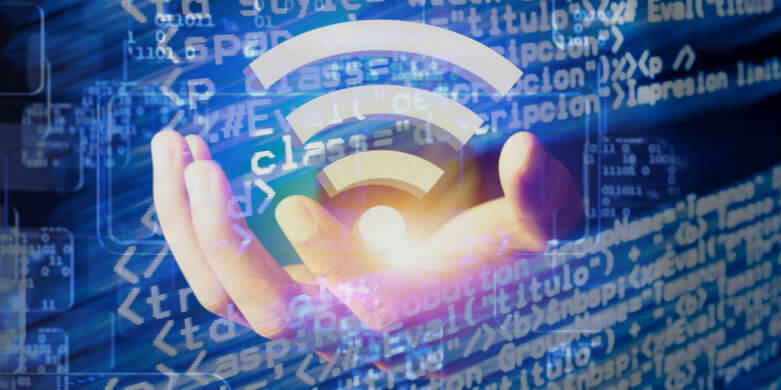An overview of what is LiFi and how it affects us
We’re all accustomed to WiFi. It plays an integral part in our lives. Essentially, we’ve come to rely on the Internet and WiFi (perhaps more than we would like). With the introduction of 4G, we got a more improved version of internet access for mobile communications.
Just when things already seem blazing fast, we’re now touching the surface of LiFi. And now we’re left with the question: “What is LiFi?“
Well, to begin with, LiFi is wireless optical networking technology that uses light-emitting diodes (LEDs) for data transmission. You can view it kind of like a WiFi that uses light to transmit data rather than radiowaves.
What’s the benefit in using LiFi you ask? Seeing as how light travels at an exponentially faster rate than just about anything else we’re aware of, LiFi brings with it a much, much faster connection. Compared to WiFi, LiFi is just about 100 times faster. You can expect to see download rates of 1 gigabyte per second, which is pretty fast in our books.
Since LiFi uses light as opposed to radiowaves, the data transferred won’t be able to travel through solid objects like a wall. Now this does indeed limit range, so WiFi has it beat there.
On the other hand, however, since the transmitted data can’t travel through walls, you could argue that makes it more secure. The data cannot be intercepted without a clear line of sight. Furthermore, you can expect less interference from other devices and overall, better privacy using LiFi.
Of course, there are indeed some downsides to LiFi. As was mentioned earlier, due to light’s inability to travel through solid objects (at least, as far as we know), the range becomes rather limited. And so, you’ll end up with difficulties with mobility.
Because LiFi operates on LED lights, you’ll be required to keep the lights on for the duration of the time that you’re using LiFi. So this can be dealbreaker for those who like to stream movies in the dark.
Overall, the future seems, well, bright, for LiFi. Perhaps its biggest hurdle is being able to switch from WiFi to LiFi. As we said earlier, most of us are heavily accustomed to WiFi. J
ust like with Electronic Currency and 3D Printing, it would be unlikely for a sudden shift to LiFi to actually happen. Though as time goes on, we may see ourselves slowly shifting over to LiFi, but without abandoning WiFi.
Regardless of what happens, the future for technology is brimming with hope. Let us relish in it as we are the generation that’s at the heart of this great boom.
See what else technology has to offer in the future by checking out the related posts below. Give us your opinion on the future of LiFi and what it brings to the table.
For even more in-depth information on LiFi, considering visting pureLiFi, the home of LiFi which is recognized as the leader in the field.






Hard to imagine anything that’s 100 times faster than what we have now tbh. The internet is pretty fast as it is but wow.